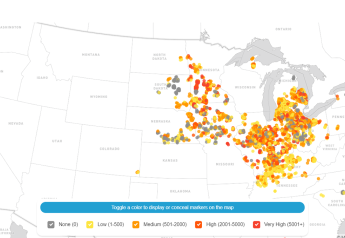The family has been no-till for 20 years and used cover crops for 18 years. The Lassiters grow cotton, peanuts, wheat, rye, non-GMO soybeans and corn. They utilize a complex rotation to improve their soil and keep it productive for generations to come.
